A year after its launch, the Upper Wye Catchment Restoration Project has reported a series of achievements aimed at revitalising one of Wales’s most treasured rivers.
Led by Natural Resourches Wales (NRW), the project works with farmers, landowners, and local communities to improve water quality, restore natural processes, and strengthen climate resilience in the Upper River Wye Special Area of Conservation.
Over the past 12 months, surveys have uncovered a previously unrecorded infestation of American Skunk Cabbage on one of the Wye’s tributaries. Public reports have helped identify other plants at risk, with targeted control measures already making progress in containing the invasive species. Surveys of Himalayan Balsam are also underway to plan future removal strategies.
In Welsh Government forests at Hafren and Tarenig, the project has installed low-cost measures such as leaky dams, bunds, and forest drain blocking. These have slowed flood pulses, trapped sediment, reconnected floodplains, and created richer habitats for wildlife.
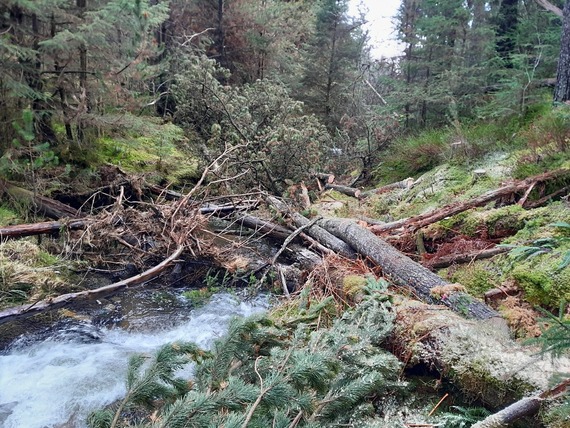
Deputy First Minister Huw Irranca-Davies, who visited Tarenig Forest, said: “We are determined to keep improving our rivers across Wales, including the Wye, and it’s great to see the progress being made. This work in the Upper Wye catchment will benefit the whole river, making it more resilient to climate change and extreme weather and also protecting precious wildlife.”
The Tarenig Forest is now being used as a demonstration site for other forest managers, showcasing how practical, nature-based solutions can contribute to river restoration and climate resilience.
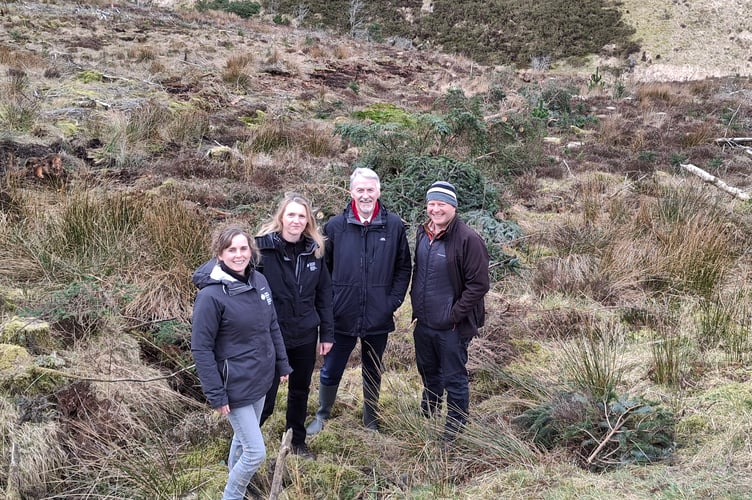
On local farms, riverbanks and floodplains have been transformed with kilometres of fencing, new buffer zones, off-stream livestock watering points, and wetland creation. These improvements are expected to reduce erosion, improve water quality, and support species such as the endangered Freshwater Mussel.
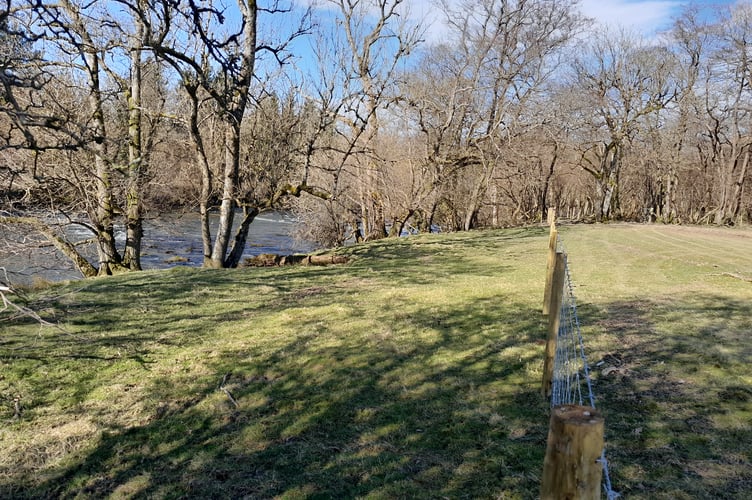
The team has also planted around 2,000 native trees along the river, which will stabilise banks and provide shade for fish as they mature.
Partnership working has been a key feature of the project, with more than 50 stakeholders, including farmers and conservation charities, attending the first Upper Wye workshop last October to share ideas and lay the groundwork for long-term collaboration. Drones are also being used to capture dramatic before-and-after images, monitor erosion, and guide restoration work, inspiring local farmers and landowners along the way.
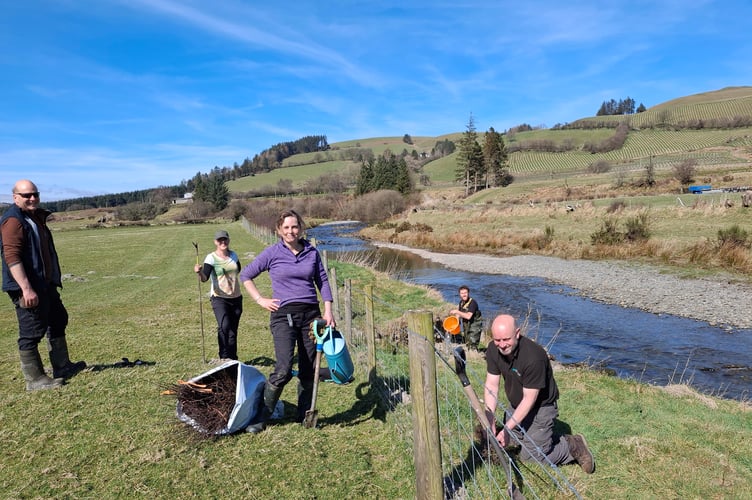
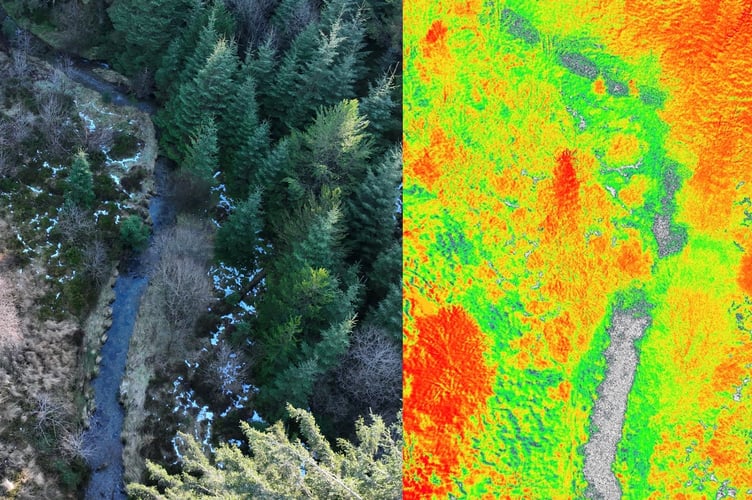
Looking ahead, the project will continue river restoration on farms, expand Slow the Flow measures to other forests, increase tree planting, and maintain efforts against invasive plant species.
Project Lead Susie Tudge said: “The first 12 months have shown what’s possible when we work together. We’ve built strong relationships, delivered real change on the ground, and are creating a foundation for restoring the Upper Wye for our future generations.”


-speaking-at-the-Senedd-this-week-to-First-Minister-Eluned-Morgan.png?width=209&height=140&crop=209:145,smart&quality=75)
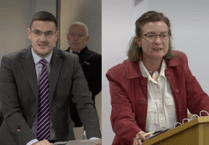

Comments
This article has no comments yet. Be the first to leave a comment.